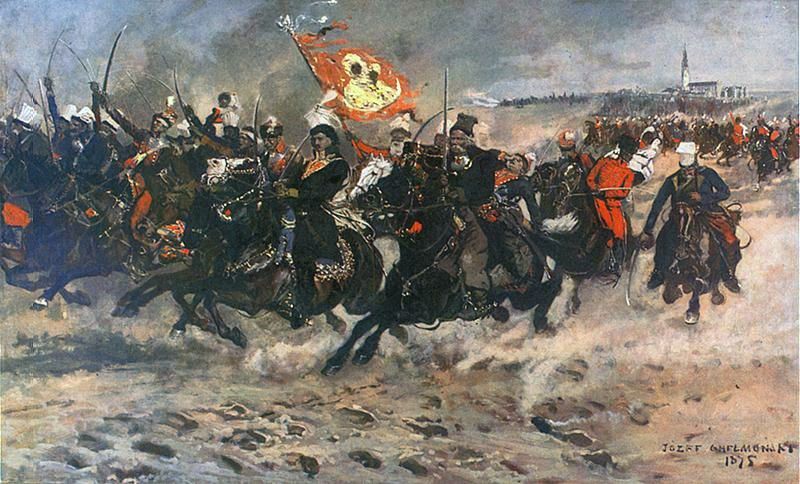|
Częstochowa Pogrom (1902)
Częstochowa pogrom refers to an anti-Semitic disturbance that occurred on August 11, 1902, in the town of Chenstokhov, Russian Partition under Nicholas II (modern Częstochowa, Poland). According to an official Russian report by the Tsarist Governor of the Piotrków Governorate (residing at the distance), the said pogrom started after an altercation between a Jewish shopkeeper and a Catholic woman.Theodore R. Weeks Polish-Jewish relations 1903-1914: The view from the chancellery.' Canadian Slavonic Papers, Sep-Dec 1998. Polish version of the events However, Polish historical research does not corroborate Russian claims. No Jews died in the disturbance. The fight at the marketplace between a Jewish man and an ethnic Pole, both suspected of illegal activities, was instigated by the soldiers of the Imperial Russian Army. Almost instantly, the conflict turned into a mass protest against the Russian occupation. Two people were killed. The riot escalated. The Tsarists Cossacks blu ... [...More Info...] [...Related Items...] OR: [Wikipedia] [Google] [Baidu] |
Częstochowa - Nowy Rynek (old)
Częstochowa ( , ) is a city in southern Poland on the Warta with 214,342 inhabitants, making it the thirteenth-largest city in Poland. It is situated in the Silesian Voivodeship. However, Częstochowa is historically part of Lesser Poland, not Silesia, and before the 1795 Partition of Poland, it belonged to the Kraków Voivodeship. Częstochowa is located in the Kraków-Częstochowa Upland. It is the largest economic, cultural and administrative hub in the northern part of the Silesian Voivodeship. The city is known for the famous Jasna Góra Monastery of the Order of Saint Paul the First Hermit of the Catholic Church, which is the home of the Black Madonna of Częstochowa, a shrine to Mary, mother of Jesus. Every year, millions of pilgrims from all over the world come to Częstochowa to see it. Częstochowa was also home to Frankism in the late 18th and 19th centuries, an antinomian Sabbatean movement of Rabbinic Judaism that led to a mass conversion to Catholicism. The cit ... [...More Info...] [...Related Items...] OR: [Wikipedia] [Google] [Baidu] |
